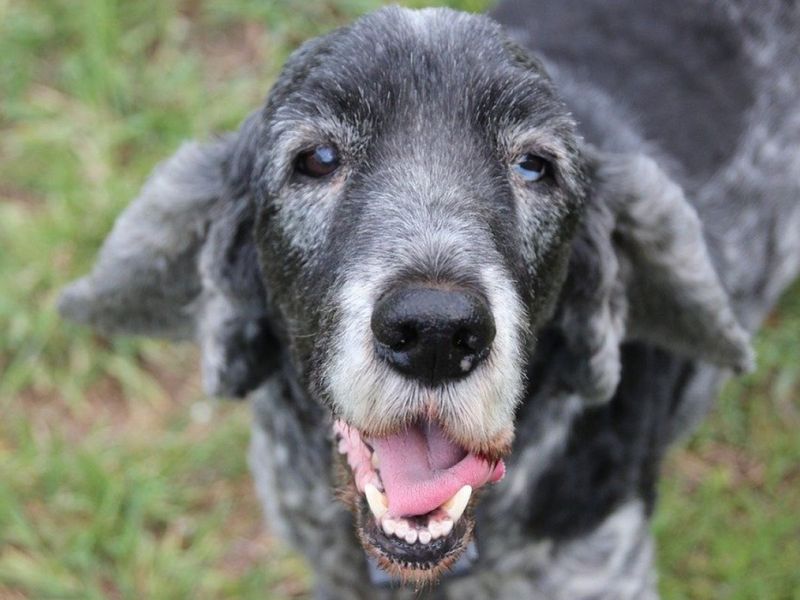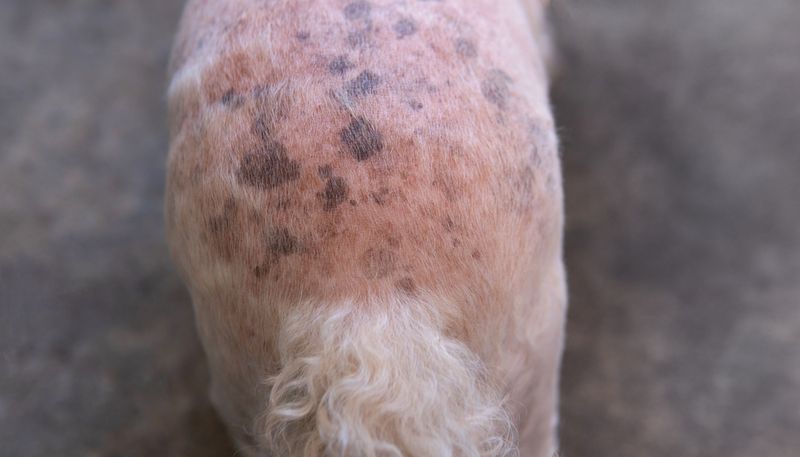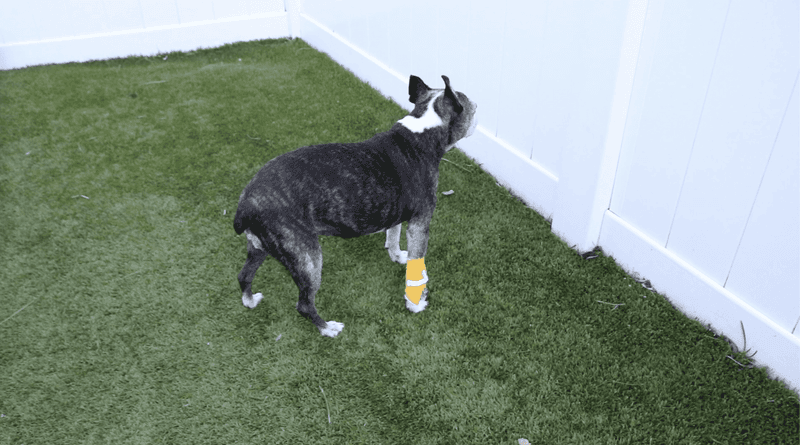Recognizing the signs that your beloved dog may be nearing their final days can be emotionally challenging, yet it is crucial for providing them comfort and care. This comprehensive guide outlines 13 key indicators that might suggest your dog is in the twilight of their life. Each sign is accompanied by a brief explanation to help you understand their significance and to assist you in making informed decisions about your pet’s well-being. While these signs are not definitive proof, they can offer guidance during a tender time.
Noticeable Weight Loss
A noticeable drop in weight can signal an underlying health issue. Older dogs might lose weight due to decreased appetite or metabolic changes. Observing your pet grow thinner can be distressing, yet understanding this change may prompt timely veterinary attention. Consult a vet if you notice this sign, as it might be linked to a variety of health problems, including dental issues or systemic illnesses. Early intervention could enhance your pet’s quality of life.
Loss of Appetite
Loss of appetite is often a concern in elderly dogs. This may be linked to dental pain, gastrointestinal issues, or a decrease in metabolic needs. Observing a disinterest in food can be alarming, but it doesn’t always signal severe illness. Monitoring dietary habits and offering varied, palatable options may help stimulate interest in eating again. Consultation with a vet is beneficial if the lack of appetite persists.
Difficulty Breathing
Difficulty breathing can indicate a serious condition in older dogs. Issues like heart disease or respiratory infections often manifest through labored breathing. Observing wheezing or shortness of breath requires immediate medical attention. Recognizing this sign early can be critical in managing your pet’s health and ensuring they receive appropriate care.
Increased Lethargy
Increased lethargy is common in aging dogs. They may sleep more and show less interest in activities. This could be a natural part of aging or a symptom of something more serious. Monitoring their sleep patterns and energy levels helps in recognizing abnormalities. If lethargy accompanies other symptoms, a vet visit is advisable. Addressing this issue promptly ensures their comfort and well-being.
Incontinence Issues
Incontinence in aging dogs can be challenging. It might result from weakened muscles or neurological disorders. It’s a common sign of aging that might require management strategies like frequent potty breaks or protective bedding. Understanding this issue can help mitigate frustration and maintain the dignity of your pet during their later years.
Cognitive Decline
Cognitive decline, or doggy dementia, resembles Alzheimer’s in humans. Dogs may show disorientation or forget routines. These changes can be gradual, requiring patience and understanding from caregivers. Engaging them in gentle activities can help slow the progression. Recognizing these signs allows for adjustments in their care to ensure a safe environment.
Mobility Issues
Mobility issues often arise in senior dogs due to arthritis or joint stiffness. They may struggle with stairs or have difficulty standing. Providing supportive aids like ramps or specific joint supplements can improve their mobility. Observing these changes ensures timely intervention, enhancing their comfort and prolonging their active years.
Changes in Coat and Skin
Changes in coat and skin are common as dogs age. Fur may become dull or thin, and skin may lose elasticity. These changes might indicate nutritional deficiencies or health issues. Regular grooming and vet consultations help maintain skin health. Observing these signs ensures proactive care, contributing to overall well-being.
Persistent Vomiting or Diarrhea
Frequent vomiting or diarrhea in older dogs can indicate serious health issues. It may result from dietary intolerances or more severe conditions like gastrointestinal diseases. Monitoring these symptoms and consulting a vet helps in identifying the cause. Early detection leads to better treatment outcomes, ensuring your pet’s comfort.
Sudden Behavioral Changes
Sudden shifts in behavior can signal underlying health issues in dogs. They may become irritable or withdrawn, indicating discomfort or pain. Understanding these changes requires sensitivity and prompt veterinary advice. Addressing these behaviors enhances their quality of life and maintains harmony in your home.
Increased Thirst and Urination
Increased thirst and urination can be symptoms of diabetes or kidney disease in older dogs. Monitoring how often they drink and urinate can help detect underlying issues. Consulting with a veterinarian ensures appropriate testing and management. Early intervention helps in maintaining their health and comfort.
Isolation or Avoidance
Isolation in aging dogs can be a sign of discomfort or cognitive decline. They may seek solitude more often, avoiding interaction. Understanding their need for space can improve their emotional well-being. Encouraging gentle engagement and routine vet checkups can help address underlying causes, offering support during difficult times.
Chronic Pain
Chronic pain in elderly dogs often goes unnoticed. It can manifest as subtle signs like limping or reluctance to move. Understanding these cues and seeking veterinary care can provide relief and enhance their lifestyle. Managing pain through medical or alternative therapies supports their continued comfort and happiness.













